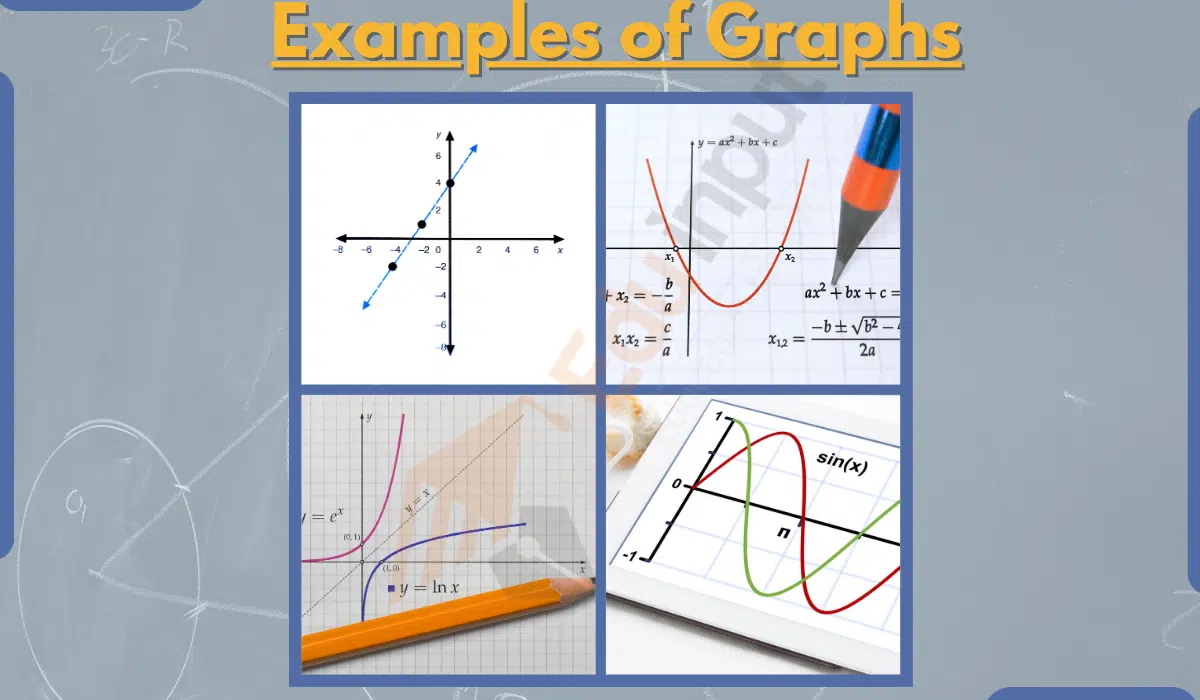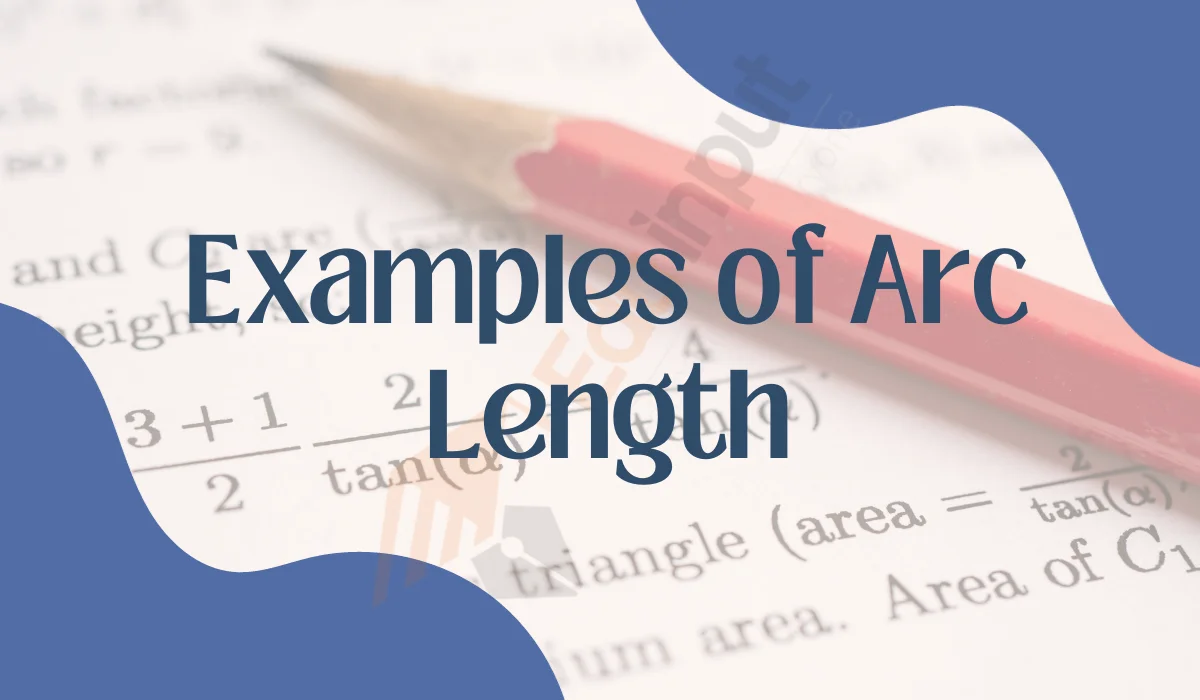10 Examples of Exponents in Mathematics
In mathematics, exponents are a fundamental concept used to represent repeated multiplication of a base number by itself. Exponents play a important role in various mathematical and scientific calculations.
In this article, we will explore ten real-world examples of exponents.
Examples of Exponents
These are 10 examples of exponents.

1: Squaring a Number
When a number is raised to the exponent 2, it represents squaring that number.
For example, 3^2 equals 9 because 3 multiplied by itself is 9.
2: Cubing a Number
Raising a number to the exponent 3 represents cubing that number.
For example, 2^3 equals 8 because 2 multiplied by itself three times is 8.
3: Scientific Notation
Scientific notation is a way to express very large or very small numbers using exponents.
For example, 6.022 × 10^23 represents Avogadro’s number in chemistry.
4: Area and Volume Calculations
In geometry, exponents are used to calculate areas and volumes of shapes. The formula for the area of a square is side length^2, and the volume of a cube is side length^3.
5: Compound Interest
Exponents are used in finance to calculate compound interest. The formula A = P(1 + r/n)^(nt) includes exponents to determine the final amount (A) of an investment.
6: Exponential Growth
Exponential growth, involves repeated multiplication by a fixed percentage. The exponent in this context represents the number of time periods.
7: Binary Numbers
In computer science, binary numbers are used extensively. Each digit in a binary number is a power of 2, where the rightmost digit is 2^0, the next is 2^1, and so on.
8: Physics Formulas
Exponents appear in various physics formulas. For example, the formula for kinetic energy, KE = ½ mv^2, uses an exponent of 2 for velocity (v).
9: Euler’s Number (e)
Euler’s number (approximately 2.71828) is a mathematical constant with numerous applications in calculus and exponential growth. It’s often used with exponents to model natural phenomena.
10: Decay Processes
Exponents are crucial in understanding decay processes, such as radioactive decay. The formula N(t) = N₀e^(-λt) uses an exponent to model the decreasing quantity of a substance over time.
Exponents are a fundamental mathematical concept with diverse applications in various fields, from geometry to finance and science.





Leave a Reply